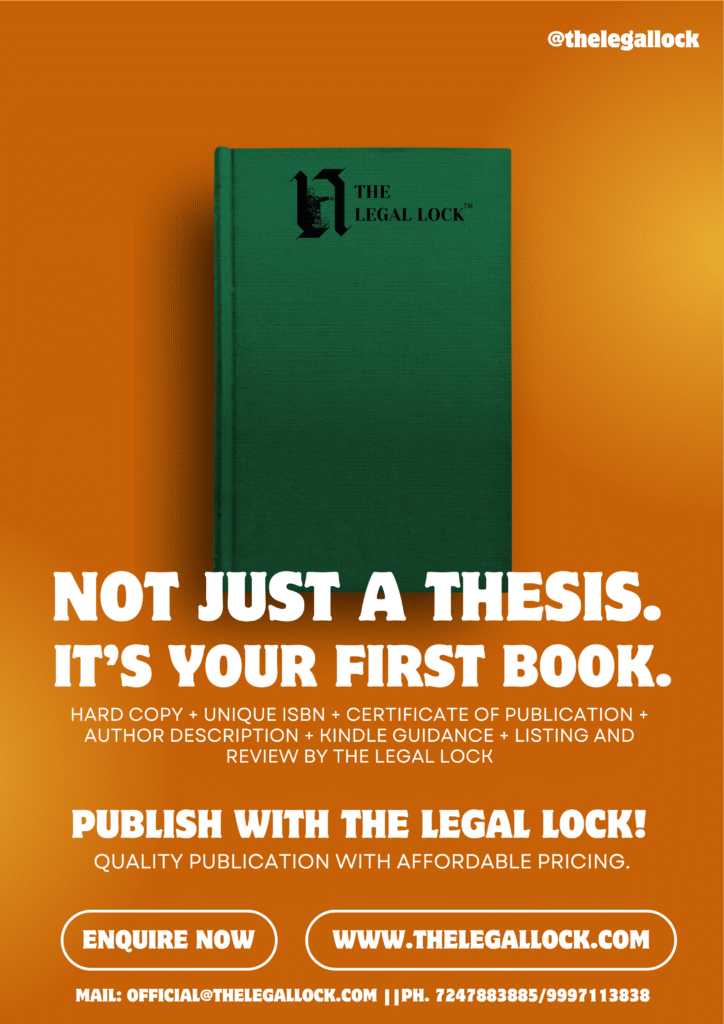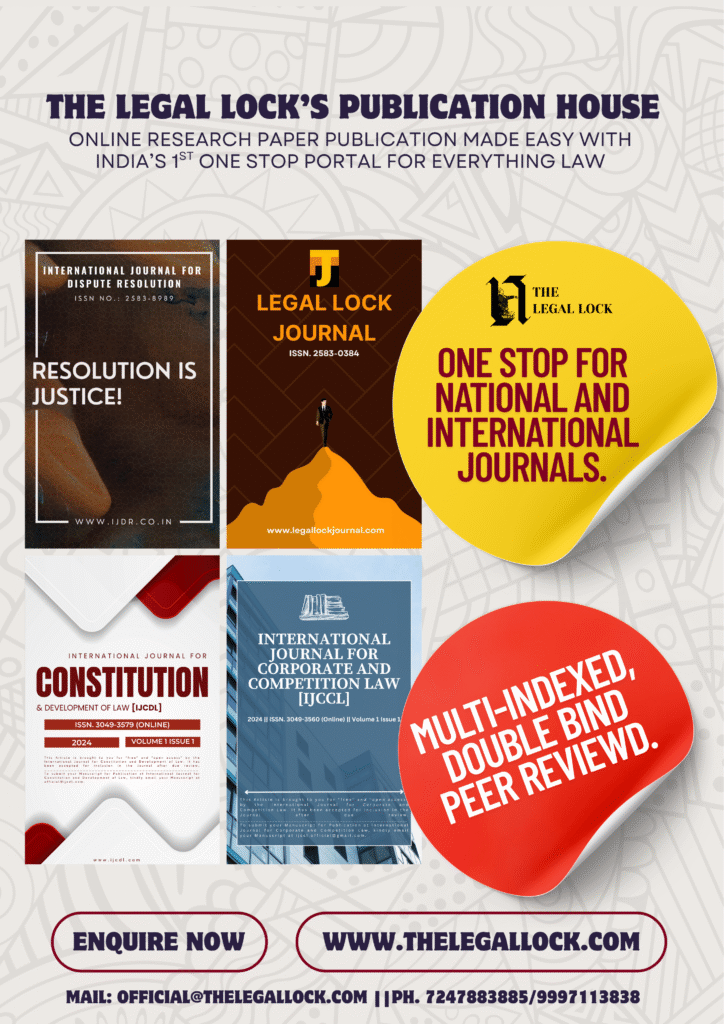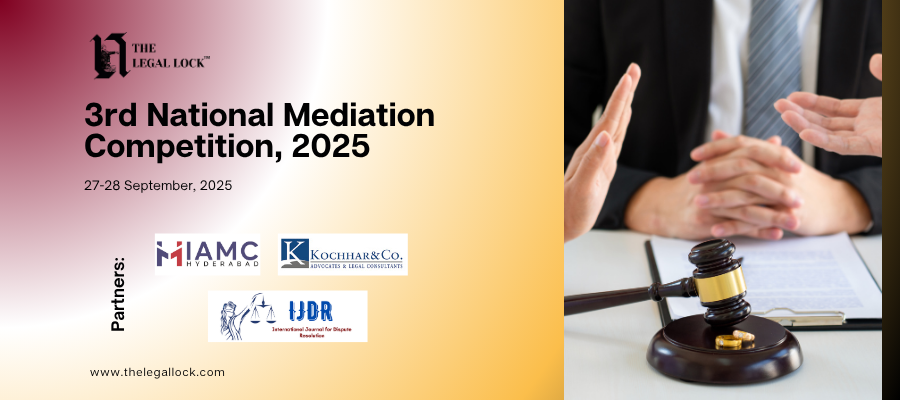Case Brief: Union of India v. Balbir Singh, (1998) 5 SCC 216

| CASE NAME | Union of India v. Balbir Singh, (1998) 5 SCC 216 |
| CASE NAME (Also known as) | Doctrine Of Pleasure Case |
| CITATION | (1998) 5 Supreme Court Cases 216: 1998 Supreme Court Cases (L&S) 1310 |
| COURT | In the Supreme Court of India |
| BENCH | BEFORE SUJATA V. MANOHAR AND D.P. WADHWA |
| APPELLANTS | UNION OF INDIA & ANR |
| RESPONDENTS | BALBIR SINGH & ANR |
| DECIDED ON | Civil Appeal No. 4736 of 1996, decided on May 5, 1998 |
Introduction to Union of India v. Balbir Singh Case
Union of India v. Balbir Singh Case: Every government official, whether employed by the Union Government or a State Government, is subject to the President’s or State Governor’s whim, according to Article 310 of the Indian Constitution. The text does include several exclusions, though, such as judges of the Supreme Court and High Court, officers of the Chief Election Commission, and chairmen and members of public service commissions.
Inspired by the English Doctrine of Pleasure, this clause acknowledges India’s long history of British sovereignty over the country for more than 150 years. The head of a state or union has the complete power to fire any civil worker working for a government agency that falls under their purview, thanks to the Doctrine of Pleasure. Notably, unlike the English practice, India does not adopt the concept wherein a civil servant is barred from suing the Crown for salary arrears.
Facts:
In 1967, the respondent was employed as a Sub-Inspector by the Delhi Police. In 1984, the respondent assumed the duties of a Sub-Inspector in Special Security and was assigned to the security detail at the residence of Mrs. Indira Gandhi, the prime minister at the time. Tragically, on October 31, 1984, Mrs. Indira Gandhi was slain by two members of her own security staff, namely, Sub-Inspector Beant Singh and Constable Satwant Singh. After that, the respondent was placed under arrest in connection with the homicidal criminal case. Following his incarceration, the respondent was suspended and a departmental investigation was launched.
During the criminal trial, the respondent and two other individuals were found guilty and sentenced to death. The respondent’s appeal was denied, but the High Court maintained the conviction; yet, the accused was subsequently ruled not guilty by the Supreme Court. Meanwhile, a Committee of Advisors suggested that the responder be dismissed from service in line with Article 311 proviso (c) and provided supporting documents (2). The respondent was fired on March 16, 1985, as a consequence of an order made by the President of India in response to this proposal and in line with Article 311(2) proviso (c). Subsequently, the respondent challenged his dismissal order dated March 16, 1985, by filing an application before the Central Administrative Tribunal, Principal Bench, New Delhi.
Issues:
- Is the Respondent’s dismissal order dated 16.3.1985 still in effect?
- Whether the tribunal’s ruling is legitimate or not
Arguments of both parties:
Petitioner’s Arguments:
The petitioner’s attorney argued that the tribunal’s ruling was invalid from a legal standpoint. The main thrust of the debate was arguing that the decision was erroneous. The claim was probably supported by legal arguments put out by the attorney, such as anomalies in the procedure or erroneous legal interpretation. This challenge sought the nullification or reconsideration of the tribunal’s ruling by demonstrating that it lacked legal merit or compliance with established processes.
Respondent’s Arguments:
The attorney for the respondent argued that there were legal issues with the dismissal ruling. The points of contention were probably things like improper procedures or inadequate reasons for dismissal. The petitioner argued for the appellant’s retroactive restoration into service and all related benefits, as well as the overturning of the decision. This suggests a request for the dismissal to be completely overturned, handled as though it never happened, and the appellant to be put back in their prior job position with all benefits.
Judgement:
In A.K. Kaul and Anr., the Supreme Court examined the complex judicial review issues surrounding dismissal orders under Article 311(2) proviso clause. This legal struggle began on December 14, 1995, when the Tribunal issued an order in favour of the respondent following a merit-based examination of the respondent’s application. The appellants then challenged the Tribunal’s ruling in an appeal.
During its review of the case, the Supreme Court cited its prior decision in A.K. Kaul and Anr. v. Union of India and Anr. The acceptable scope of judicial review with respect to dismissals under the second proviso Clause (c) of Article 311 has already been examined in this example (2). The court emphasised that it was possible to look into the President’s pleasure, but only in the parameters established by the S.R. Bommai and Ors. case. The court made it clear that an order might be overturned if it was motivated by malice or entirely unnecessary factors.
In defining the scope of judicial review, the court made it clear that an order might be challenged on the basis of mala fides or reliance on extraneous or irrelevant factors. Crucially, the court would not intervene if part of the information was determined to be irrelevant, provided that the action was supported by other pertinent material. The court emphasised that it would not replace the President’s decision-making with its own and that it would refrain from casting doubt on the veracity or completeness of the evidence. Situations involving the blatant misuse or deception of authority were included in the grounds of mala fides. Given their positions as the most qualified judges in certain situations, the court recognised the President and the Council of Ministers’ discretionary authority.
The President and the Council of Ministers are not the ultimate arbiters, and their judgement is not definitive, the court further underlined. To support this argument, it referenced the Union Territory, Chandigarh & Ors. v. Mohinder Singh case. The ruling also gave insights into cases when an order under Article 311(2) Proviso (c) is questioned on the grounds that the President or the Governor’s satisfaction is not based on conditions pertaining to the security of the State. In certain situations, the court might investigate the facts supporting the satisfaction and declare it vitiated if it finds that such facts are completely superfluous or unrelated to the security of the State.
The court observed that there was no proof of mala fides in this particular case. Whether the dismissal order was founded on information that was completely superfluous or irrelevant and had no influence on the security of the State was the crucial question to answer. The appellants were asked to provide the whole set of private documents that formed the basis of the ruling by the Tribunal. It was discovered that at least two of the files were extremely private and had to do with the respondent’s actions that had an effect on state security. Crucially, the court made clear that there was evidence regarding the respondent’s actions that was detrimental to the State’s security in this case.
The whole collection of materials from the Intelligence Bureau was presented to a high-level Committee of Advisors in accordance with the Government Memorandum’s protocol. This process was designed to guarantee that, in the event that a public servant is fired without cause and without an investigation, there will be strong evidence supporting the need for that action in the interest of national security. After reviewing the evidence, the Advisory Committee suggested that the respondent be dismissed in accordance with Article 311 proviso (c) (2). As a result, the President signed an order in accordance with this clause.
The court emphasised that there was material that was important in this instance. It made clear that the Tribunal could not take the place of the President’s satisfaction with its own decision-making. The court pointed out that the Tribunal erred when it concluded that a departmental investigation might have been carried out using the same evidence if the respondent could have been charged criminally. The court used the B. Bhaskara Reddy v. Government of Andhra Pradesh case to bolster its position.
The court emphasised that the information provided by the Intelligence Bureau to the President and the Advisory Committee was not limited to the Prime Minister’s killing. It included a number of other responder actions deemed detrimental to state security. The court rejected the argument that the President’s decision was impacted by the respondent’s eventual acquittal in the criminal trial since the order was based on all of the information that was available far in advance of the trial’s conclusion. In its ultimate decision, the Supreme Court granted the appeal, overturning the contested Tribunal order and rejecting the respondent’s claim. Notably, there was no direction about expenditures.
This in-depth analysis of A.K. Kaul and Others v. Union of India and Others offers a sophisticated perspective on the court’s position regarding judicial review in dismissal cases under Article 311(2) Proviso (c). It emphasises how crucial it is to strike a careful balance between the executive branch’s discretionary powers and the necessity for judicial oversight to guarantee justice and conformity to constitutional values. The Tribunal considered the respondent’s plea on merit in the matter of A.K. Kaul and Anr and by judgement dated December 14, 1995, it approved the application. The appellants then appealed the Tribunal’s decision in the current appeal.
Analysis and Conclusion:
One may argue that when it comes to matters of state security, the government may not always have the opportunity to conduct a full hearing and inquiry given the facts and circumstances of this particular instance. In such instances, the examination carried out by an advisory board, coupled with its recommendations and the President’s subsequent approval, may be regarded adequate and decisive. Under the Doctrine of Pleasure, the head of the state or the president of the union may use discretionary powers, but the judiciary serves as a check on this authority, as the Supreme Court of India has highlighted. The court declared that it had the ultimate power to examine and evaluate whether the choice to reject an investigation into the dismissal of a public servant was reasonable.
The important thing to remember in this case is that although the Doctrine of Pleasure gives the administration broad ability to fire government officials, this authority is not unchecked and is subject to judicial review. The court made clear that it reserved the authority to step in if it determined that the decision to terminate was made on pointless or irrelevant factors or if natural justice principles were broken.This legal precedent creates a balance between the requirement for judicial supervision to maintain justice and avoid the arbitrary use of authority and the executive’s discretion in situations of service termination. It emphasises the need for choices made under the Doctrine of Pleasure to be rational, supported by sufficient evidence, and susceptible to judicial scrutiny in order to guard against abuse of power. Thus, even in situations when the Doctrine of Pleasure is invoked, this case serves as more evidence of the significance of accountability and justice in administrative proceedings.








